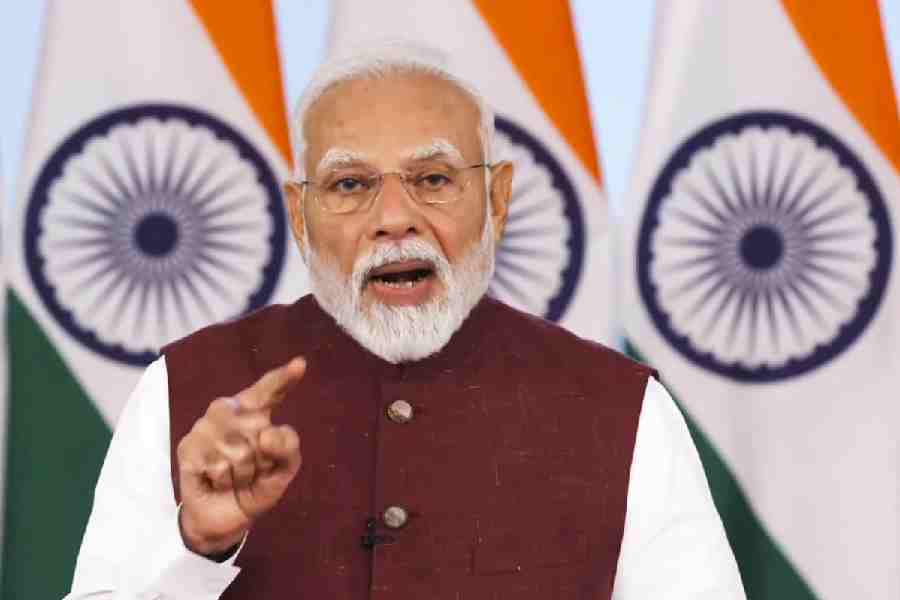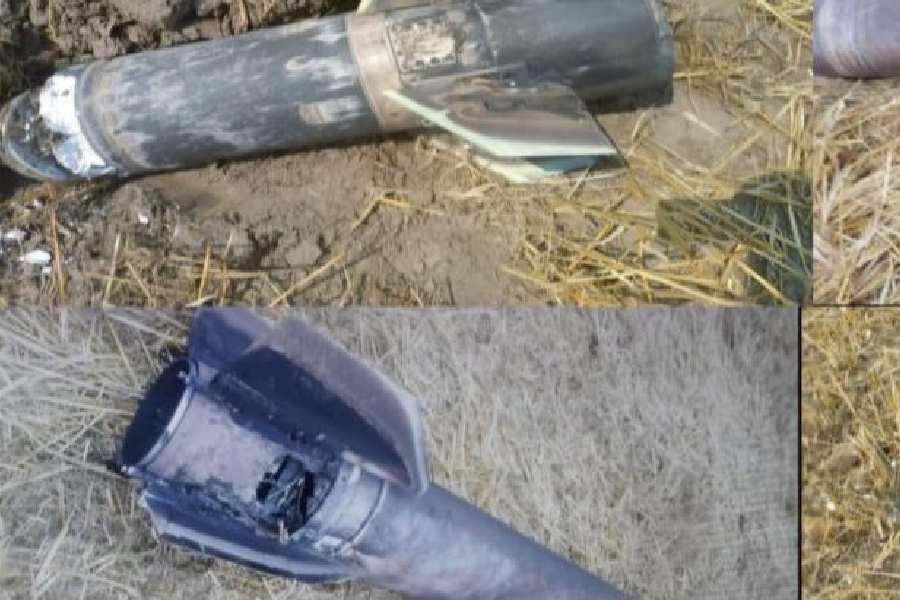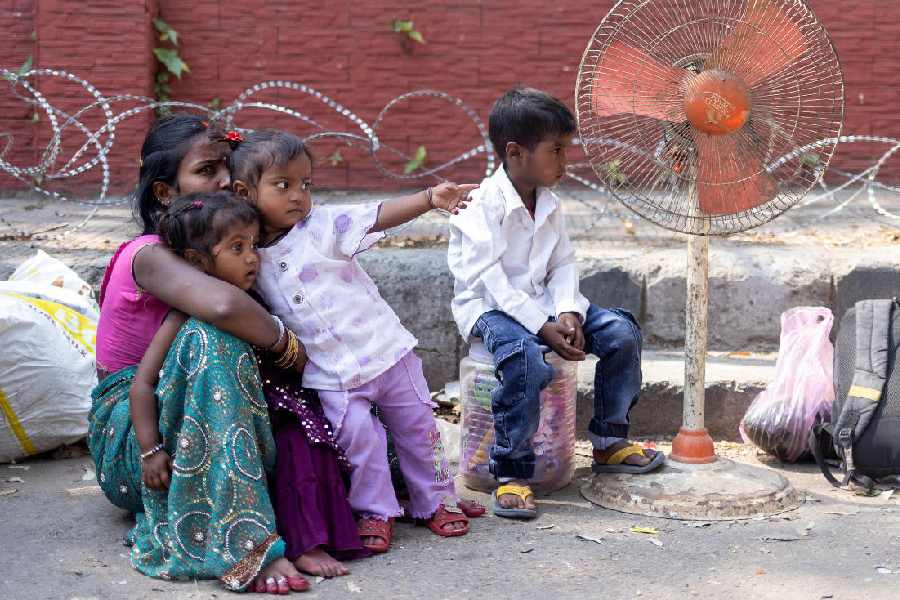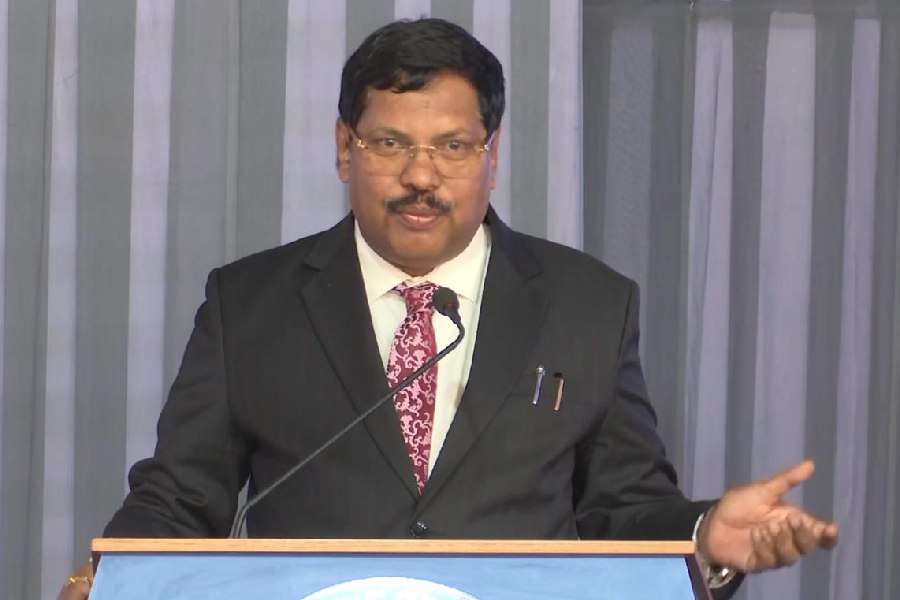
In trying to understand this complex human dilemma, one must first speak from the basic premise of a human being with fears and insecurities of the unfamiliar, which includes unfamiliar faces, cultures and practices.
Learning to accept diversities is the mark of an evolved mind. That evolution does not happen overnight. It is a long process of social interaction and it happens in more mixed urban surroundings rather than in the rural ambience where social admixture is minimal.
Most of us had our first tryst with the so-called "outsider" in the school environment, provided one has the wherewithal to study in an "English-medium" school where children from different languages, social and ethnic backgrounds converge to get education. It was in such an ambience that some of us were fortunate to have to cut our teeth in. As a result, we were not really conscious of differences. But once we returned home, our parents would term the outsider as a dkhar. A dkhar is the embodiment of everything that is wrong with our otherwise pristine society.
With age one realises that this feeling can easily rub off on to the young whose fragile minds have not learnt the strict use of reason. The young construct their rationales based on what they hear, see and experience in their daily lives within the domestic and immediate social spheres.
Those ideas developed in early childhood become rigid and frozen with the passage of years. They then become political slogans that sound attractive especially in a scenario where economic opportunities are shrinking and the perception gains ground that the other - who is more intelligent, more educated, more disciplined and with more opportunities - is taking away what rightfully belongs to me. This is a primordial feeling of self preservation and whether we like it or not, this is the feeling that drives our thoughts, actions and behaviour. How quickly the individual thought is shared and becomes a collective mindset is easy to understand when one looks at youth peer groups which are mostly formed on the basis of "thinking" affinities.
There is no space in such groups for dissenting voices. The dissenter is a suspect, a spoiler and an "outsider" within that little circle of a few like-minded individuals.
'Outsider' tag
Social scientist Robert M. Kapolsky, in his seminal book Peace Among Primates, says lack of violence in small groups can come at a heavy price. He says that small homogenous groups with shared values can be a nightmare of conformity and can be dangerous for outsiders. Agrarian societies were assumed to be these homogenous groups. They were compact and small and conceived their own social values and protective mechanisms. With the coming of the Industrial Revolution, things changed. Exchange of goods, ideas and people was a real thing. Economic exchanges produce profits and reduce social frictions since everyone gains from the transactions, Kapolsky argues.
However, Kapolsky also states that there is a deep structure within the human brain called amygdala which plays a key role in fear and aggression. Experiments have shown that when subjects are presented with the face of someone from a different race, amygdala gets metabolically active, alert and ready for action.
Whither reason?
Recent studies have shown that in people who have a lot of experience with people of different races, the amygdala does not get activated as it does in those who have very little interface with "outsiders."
Susan Fiske of Princeton University avers that the amygdala can be trained by making the subject biased beforehand to think of people as "individuals" rather than as members of a group. Fiske says in such cases the amygdala does not budge. This led her to conclude that while humans may be hardwired to get edgy around the others but our views on who falls into that category are decidedly malleable. But the problem is that politics is increasingly about slogans and hatred of the other. This sloganeering has never been played in higher decibels than it is now in American politics. Donald Trump speaks upfront about being anti-Muslim and "othering" them at every given platform. Yet his following does not decline.
Jonathan Haidt, social scientist and moral psychologist, says many liberal Americans wonder what has happened to reason. Haidt says humans were never designed to listen to reason. When people are asked moral questions and their responses are timed and their brains scanned, their answers and brain activation patterns indicate that they reach conclusions quickly and produce reasons later only to justify what they have decided.
Haidt also speaks of "parochial altruism" or the inclination to care more about members of your group. Whether this applies to ethnic group loyalties is difficult to ascertain since the study does not delve into race differences and prejudices.
The 'other' factor
In the Northeast, it is safe to assume that "othering" camouflages many other disorders - social, political and economic. When politicians fail to deliver they look for scapegoats. The easiest escape route for a politician is to divert the attention of the group he thinks has the highest nuisance value into issues of differences, brainwashing them to push the blame for all that has gone wrong with governance and corruption - the bane of all governments - to the ubiquitous "other" who often has no role at all in the schemes of things.
The "other" in the Northeast is already a third-class citizen whose rights are diminishing by the day. This is what triggered the communal conflicts in Meghalaya from 1979 till 1992. But the fact is that the "other" - while he can be a problem if he is an interloper over geo-political boundaries and is usually a non-citizen who manages to secure the rights of a citizen through subterfuge - is not as imminent a threat as social fragmentation within ethnic communities themselves. The fragmentation is visible in the emergence of a new class of neo-riche tribals. The debate about the "other", therefore, has many layers and each layer should be meticulously deconstructed.
Group loyalty
We live at a time when moral and political positioning has sharpened due to social media. Today views are exchanged by the minute, often without thinking through the consequences of what we compose on social media. In an interview, Haidt stated that universities are the only spaces which can be called "islands of pragmatism in a sea of conservatism outside". Can we say this of our universities here? Do universities actually promote an inclusive culture? If so, would we have had the communal clashes we repeatedly see in the Northeast between different ethnic groups within the same state?
Manipur is a classic case of what Haidt terms as "living at a time when we value emotions more than facts". The irony is that every ethnic group in Manipur believes it has reason on its side while the other is relying on emotions. But no group will admit that it is driven by motivated reasoning based on group identity and loyalty.
In Manipur, many take to the social media to air their grievances. Haidt terms this as "consensual hallucination" which affects not just young people because the social media is like injecting speed and cocaine with words. Will the social media create a greater connect or will it further fragment even otherwise harmonious societies in a new culture that promotes "ganging up against the dissenter", which is basically what trolls are. We wait and watch!
The writer can be contacted at patricia.mukhim@gmail.com









